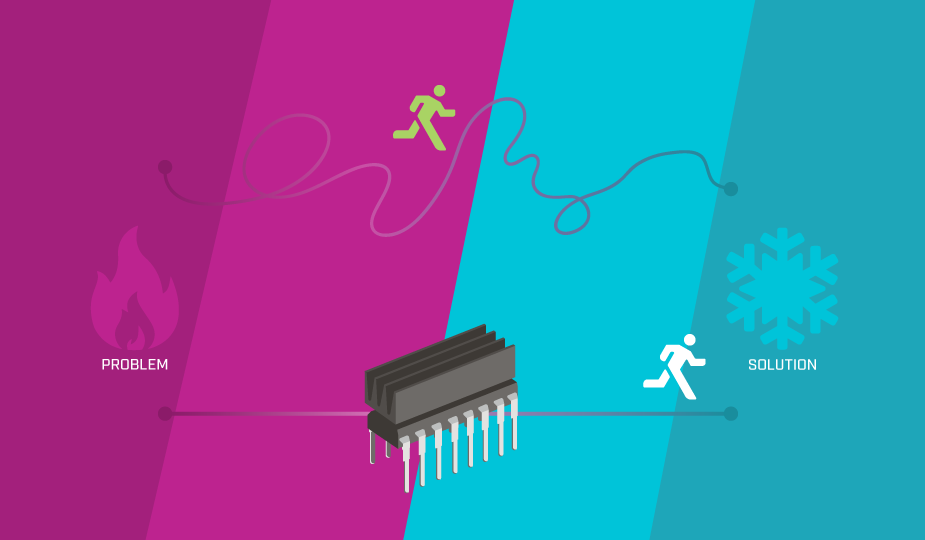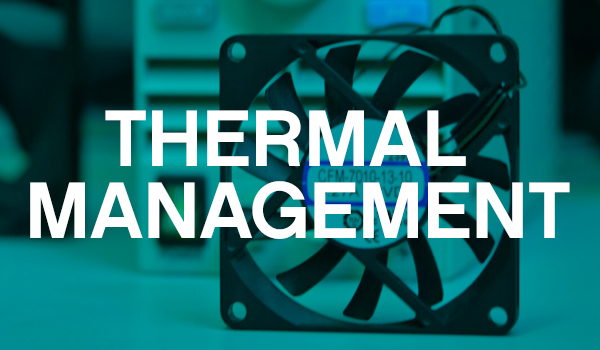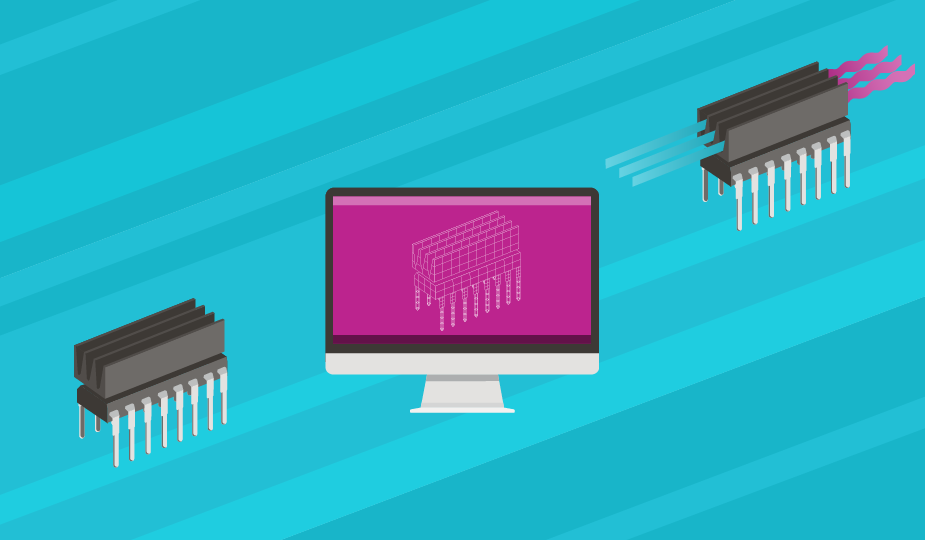CFD Thermal Simulation Best Practices

In life and engineering, understanding the tools at our disposal and, importantly, their limitations is essential in using them most effectively. Computational Fluid Dynamics, or CFD, is an incredibly powerful tool in anyone’s kit and can reduce time, costs, and stress when finding thermal solutions to electronics cooling challenges. However, while computational fluid dynamics offers numerous advantages, it does have certain limitations that should be considered and best practices that should be followed. Check out other blog posts from our thermal simulation with computational fluid dynamics (CFD) series below:
- What is Computational Fluid Dynamics?
- How to Conduct a Thermal Simulation with CFD
- The Future of Thermal Simulation with CFD
Potential Limitations and Considerations of Computational Fluid Dynamics
- Accurate mathematical models: CFD relies on accurate mathematical equations; any inaccuracies in these models can lead to incorrect simulation results. Modern software is frequently based on the Navier-Stokes equations, which are quite robust and trustworthy. However, custom software or third-party modifications may affect the accuracy
- Computational power requirements: CFD simulations can be computationally demanding, requiring significant processing power and resources. With properly setup models, this tends to not be a concern with thermal simulations of electronics cooling. If a simulation is taking multiple hours even with very powerful processors, it is likely worth the time to find out if the model or simulation is put together incorrectly.
- Expertise and knowledge: Effective utilization of CFD requires expertise in heat transfer, product tradeoffs, industry cooling technologies, and software-specific knowledge. Other than the software interface and modeling, these are prerequisites for quality thermal design and cooling as well. And while understanding the underlying math and theory behind CFD is an additional bonus, unless you are writing the code for a CFD program, that level of knowledge is not necessary.
- Input data uncertainties: CFD simulations may involve some level of uncertainty or imprecision in the input data. Of these limitations, this is perhaps the most serious and most prevalent concern for anyone using CFD.
Despite these limitations, CFD remains a powerful tool for investigating a wide range of problems. Furthermore, as computational power continues to advance, the popularity of CFD is expected to grow further in the future.
Best Practices and Strategies for Accurate CFD Results
There are best practices and strategies to ensure accurate and reliable results in CFD-based thermal simulations. By following these guidelines, engineers can enhance the quality and precision of their simulations, leading to a more robust and insightful analysis of thermal behavior.

Enhancing Simulation Accuracy
Traditional CFD workflows have been associated with time-consuming processes, especially during CAD preparation and meshing stages. The extensive time required to create a high-quality fine mesh often leads engineers to rely on coarse and low-quality meshes for simulations. Unfortunately, this approach introduces significant mesh-generated errors that adversely affect the overall accuracy of the simulation results.
However, there are always improving techniques that enable rapid and reliable meshing of CAD geometry, eliminating the need for time-consuming simplifications. These solutions, complemented by innovative technologies, enhance the precision of simulations conducted on coarse meshes. For example, empirical approaches are employed to predict pressure drop and heat transfer in channels that are not properly meshed. Time will only show improvements in efficiency and accuracy.
Unleash Design Possibilities
By incorporating CFD in the early stages of the design process, engineers have a greater opportunity to validate and enhance product performance. Exploring the design space across various parameters often uncovers superior design alternatives or improvements to the existing design. These investigations also shed light on the critical aspects of the design that significantly impact product performance.
Resolve CAD Data Conflicts
When integrating new CFD tools, careful consideration should be given to the compatibility of the CAD data format they support. Ideally, the thermal simulation and analysis tool should be able to work with native CAD data, as resolving any issues is much easier compared to working with neutral file formats like IGES and STEP. Importing non-native data often leads to interpretation errors, resulting in missing surfaces and model gaps that require time-consuming repairs. In some cases, if a significant portion of the geometry is lost during import, the model may be impossible to mend entirely.
Traditional CFD tools commonly apply geometry healing techniques or surface wrapping methods to address the complexities introduced by imported geometries. However, generating a suitable geometry for CFD simulation can be labor-intensive and time-consuming.
Accurate Boundary Conditions
Establishing precise boundary conditions (BCs) is vital to achieve accurate results in CFD simulations. The BCs, which represent numerical values at the fluid domain boundaries, play a significant role in determining the reliability of the calculations. While specifying BCs can be straightforward for single-phase phenomena, it becomes more intricate for multiphase phenomena or those involving reactions.
Using incorrect boundary conditions can lead to inaccurate results and should be avoided before starting the modeling and simulation process. By ensuring the BCs are both meaningful and accurate, the desired objectives of the CFD studies can be effectively achieved.
Subject Matter Expert
Having a subject matter expert is crucial in CFD analysis as it ensures the engineer possesses relevant knowledge and expertise in the field. This expertise allows for a deeper understanding and appreciation of the results obtained through CFD simulation, enabling the engineer to extract meaningful insights and perform an accurate interpretation of the results.
Quality Assurance Mechanism
To ensure precise CFD results, it is imperative to implement a rigorous quality assurance framework throughout the analysis process. Each stage of the analysis should undergo meticulous checking and review to ensure the inputs and results are numerically accurate and logically sound before progressing to the next stage. This approach prevents the accumulation of small errors that could compromise the overall accuracy of the final results. Furthermore, it is advisable to have an independent review of the results by an experienced engineer with expertise in the field of CFD or related simulations.
When the factors above are carefully considered and implemented, the resulting CFD analysis will yield accurate results that stakeholders can confidently rely on for making informed decisions without requiring further validations.
Summary
Like any tool, CFD can only be used to its maximum efficiency if used properly and if the user is aware of the limitations. When implementing best practices and actively seeking to acknowledge or overcome those challenges, CFD is a powerhouse that will yield exceptional results and be a benefit to everyone involved not only in the thermal design but the overall electronics and product design process. If you have any questions, Same Sky’s thermal design services and range of thermal management components are here to help.







